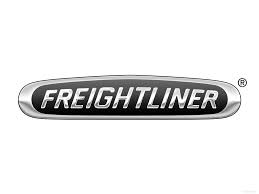Sprinter 2500 V6-3.0L DSL Turbo (2008)

The purpose of pilot injection is to reduce combustion noise and emission of pollutants. Up to two pilot injections are possible before the main injection.
During pilot injection, the pressure in the cylinder is slightly raised. The slight increase in pressure causes a shorter delay in the combustion of the main
injection, which reduces combustion pressure peaks. This effect produces a soft combustion while reducing the combustion noise. By shortening the
combustion delay, the pilot injection indirectly affects the engine torque. In addition, pilot injection reduces particulate matter in the exhaust gas.
Pilot injection Z has two possible ranges of operation that depend on injection requirements. However, a combination of the two ranges is not possible
during an injection event. Pilot injection Z can either occur at an earlier stage if a wider space between injections is required, or right before pilot
injection 1.
The ECM controls the amount of fuel injected by adjusting the start of pilot injection and the pilot injection duration. The ECM calculates the start of
pilot injection depending on engine load. The last start of main injection and the battery voltage are also taken into account. The ECM calculates the
quantity of fuel injected based upon the following inputs:
-
Fuel rail pressure
-
Boost pressure
-
Coolant temperature
-
Charge air temperature
-
Inlet air pressure
-
Engine speed
The ECM uses the coolant temperature, charge air temperature and inlet air pressure inputs to correct the pilot injection quantity. The ECM shuts off
pilot injection if one of the following conditions is present:
-
Pilot injection time is exceeded
-
Quantity of pilot injection is too low
-
Detected engine speed is too high
-
Quantity of main injection is too low
-
Fuel rail pressure is too low
-
Engine is switched off
Main Injection:
Main injection takes place following pilot injection. The main injection provides the energy for the performance of the engine. This injection phase is the
main factor responsible for supplying the engine torque. The ECM controls the start of main injection (injection timing) and the main injection duration
(injection period). The ECM calculates the main injection fuel quantity based upon the following inputs:
-
Fuel rail pressure
-
Boost pressure
-
Coolant temperature
-
Charge air temperature
-
Inlet air pressure
-
Accelerator pedal position
-
Engine speed
-
Fuel temperature
The ECM shuts off the main injection if one of the following conditions is present:
-
Engine speed is above 4500 rpm
-
Fuel temperature limit exceeded
-
Fuel rail pressure is too low
